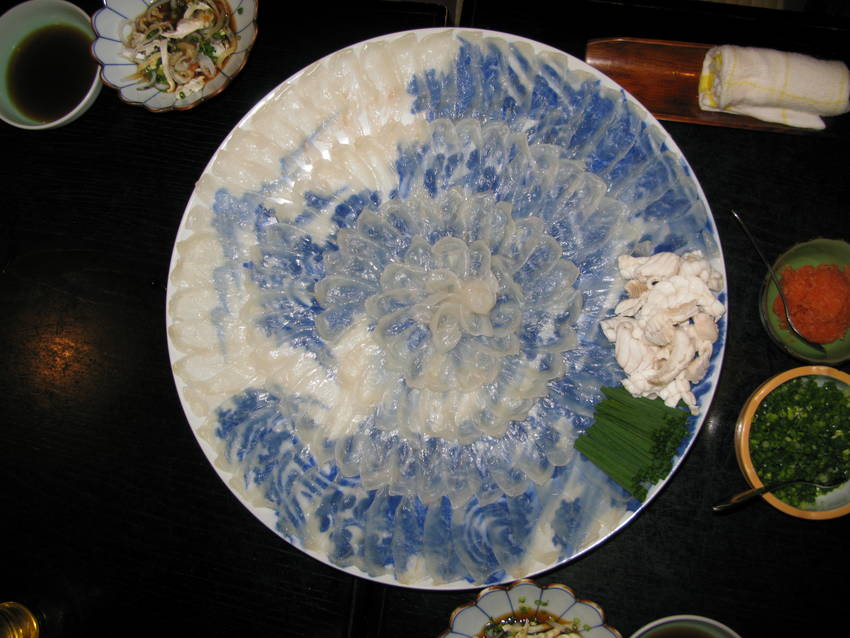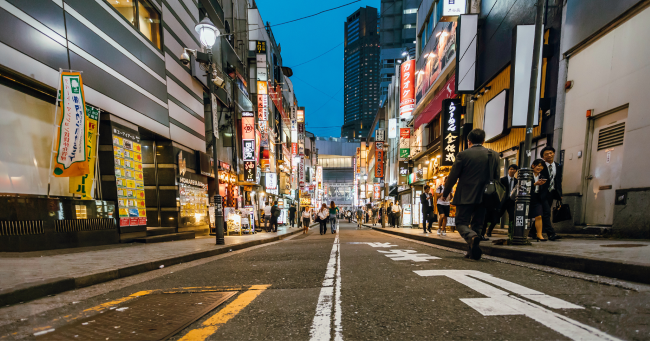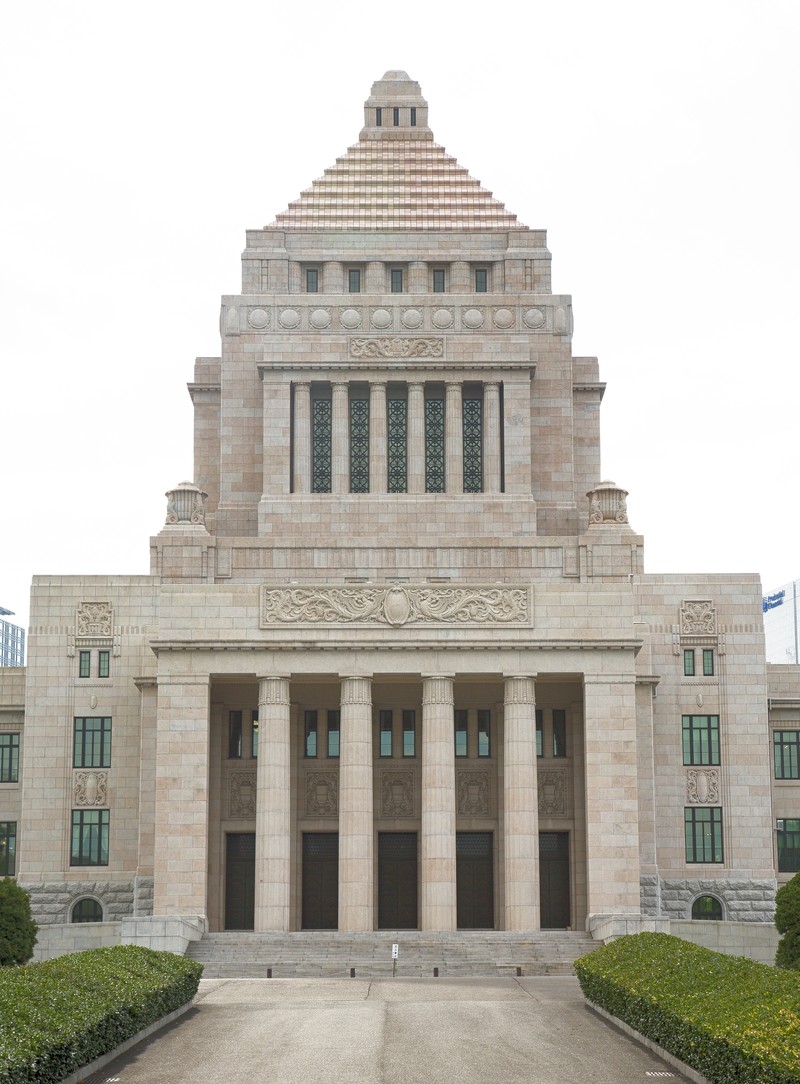nippon'ichi menseki no hiroi shoppingu senta- wa Saitamaken ni aru ionreikutaun de, tenposū ga 710 ari, chūshajō wa 10400 daibun no ōkisa ga arimasu.
The shopping center with the largest area in Japan is AEON Lake Town in Saitama Prefecture, with 710 stores and a parking lot large enough for 10,400 vehicles.
sign up for the Japanese-Online Newsletter
__..-・**・-..__..-・**・-.._ あいうえお かきくけこ さしすせそ たちつてと なにぬねの はひふへほ まみむめも やいゆえよ らりるれろ わゐうゑを ん __..-・**・-..__..-・**・-.._
#JapaneseOnline #LearningJapanese #FreeJapaneseLessons #JapaneseVideoLearning #JapaneseAnime #Anime #JapaneseFood #Bloguru









